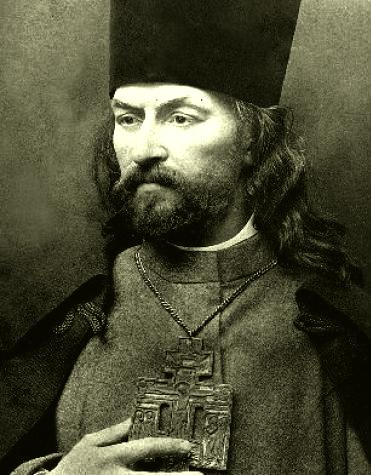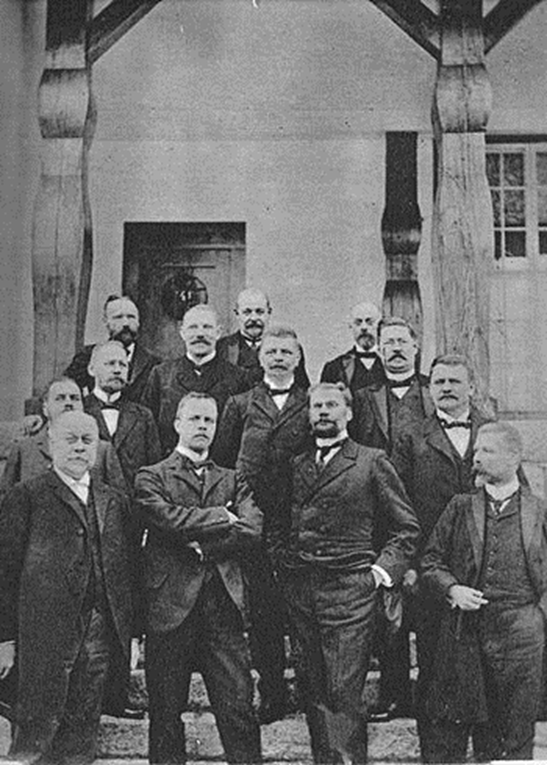|
First Russian Revolution
The Russian Revolution of 1905,. also known as the First Russian Revolution,. occurred on 22 January 1905, and was a wave of mass political and social unrest that spread through vast areas of the Russian Empire. The mass unrest was directed against the Tsar, nobility, and ruling class. It included worker strikes, peasant unrest, and military mutinies. In response to the public pressure, Tsar Nicholas II enacted some constitutional reform (namely the October Manifesto). This took the form of establishing the State Duma, the multi-party system, and the Russian Constitution of 1906. Despite popular participation in the Duma, the parliament was unable to issue laws of its own, and frequently came into conflict with Nicholas. Its power was limited and Nicholas continued to hold the ruling authority. Furthermore, he could dissolve the Duma, which he often did. The 1905 revolution was primarily spurred by the international humiliation as a result of the Russian defeat in the Russo-Jap ... [...More Info...] [...Related Items...] OR: [Wikipedia] [Google] [Baidu] |
Bloody Sunday (1905)
Bloody Sunday or Red Sunday ( rus, Крова́вое воскресе́нье, r=Krovávoe voskresénje, p=krɐˈvavəɪ vəskrʲɪˈsʲenʲjɪ) was the series of events on Sunday, in St Petersburg, Russia, when unarmed demonstrators, led by Father Georgy Gapon, were fired upon by soldiers of the Imperial Guard as they marched towards the Winter Palace to present a petition to Tsar Nicholas II of Russia. Bloody Sunday caused grave consequences for the Tsarist autocracy governing Imperial Russia: the events in St. Petersburg provoked public outrage and a series of massive strikes that spread quickly to the industrial centres of the Russian Empire. The massacre on Bloody Sunday is considered to be the start of the active phase of the Revolution of 1905. In addition to beginning the 1905 Revolution, historians such as Lionel Kochan in his book ''Russia in Revolution 1890–1918'' view the events of Bloody Sunday to be one of the key events which led to the Russian Revolution ... [...More Info...] [...Related Items...] OR: [Wikipedia] [Google] [Baidu] |
Kagal (Finnish Resistance Movement)
In the history of Finland, the Kagal was a resistance movement that existed before the 1905 Russian Revolution and founded under the period of Russian oppression, in resistance to the oppressive government of Governor-General Nikolai Bobrikov which actively conducted Russification of Finland. The name (Finnish ''Kagaali'', Swedish ''Kagal'') comes via Russian (hence the -g- for an original -h-) from the Hebrew word ''qahal'', (congregation'', ''assembly). The word was a mocking name used by Russian conservative newspapers as a means of ridicule when referring to the anti-government activity in Finland. In the original meaning, Kagal/Kahal referred to a central body for the Jewish congregations of Russia. The central character of the Kagal is thought to have been Leo Mechelin, an independent liberal, but notable lead characters also included Carl Mannerheim (older brother of Marshal of Finland Carl Gustaf Emil Mannerheim), Adolf von Bonsdorff, Ernst Estlander, J. N. Reuter, A ... [...More Info...] [...Related Items...] OR: [Wikipedia] [Google] [Baidu] |

